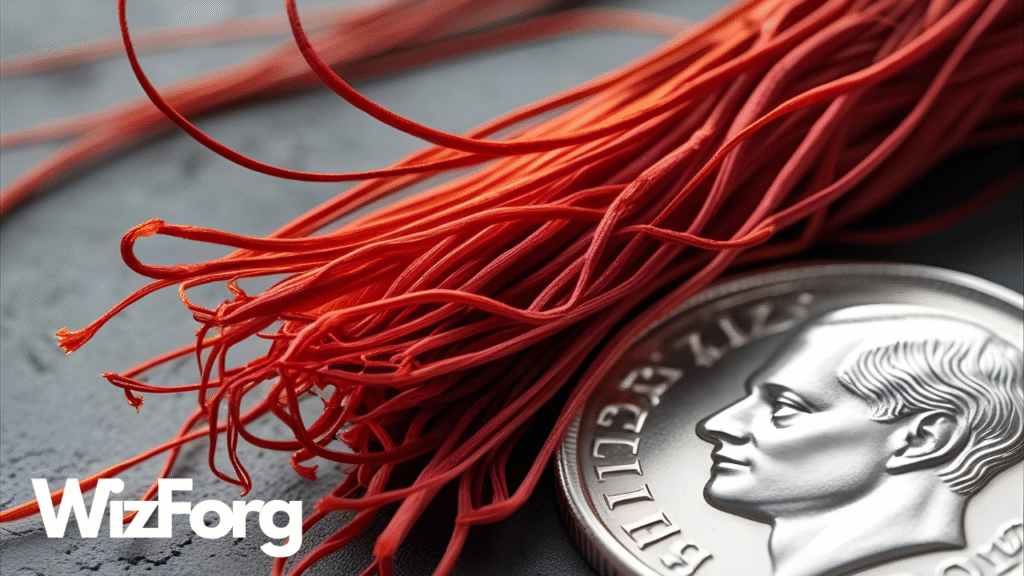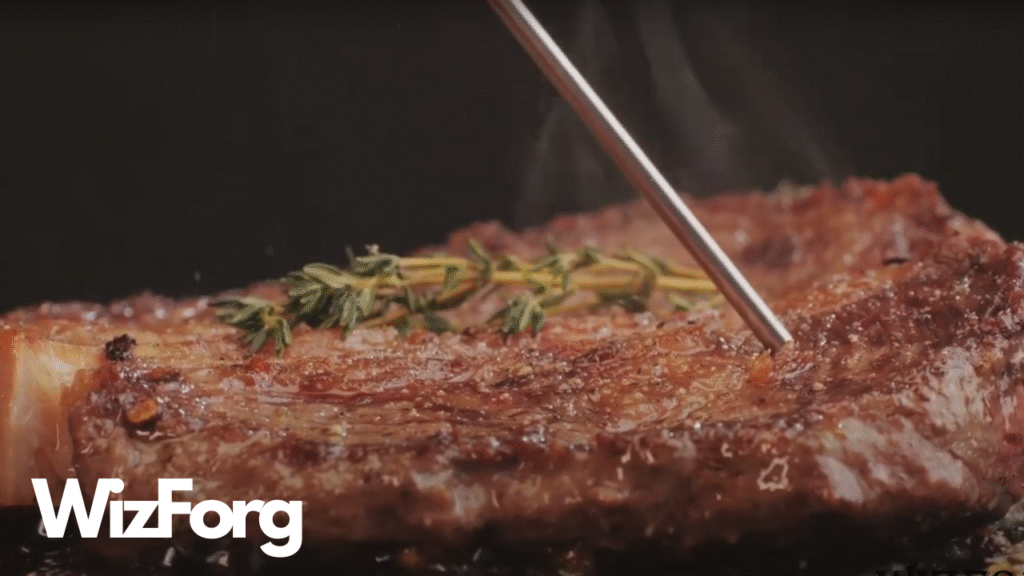At first glance, saffron appears to be nothing more than a few delicate, red threads. But those tiny strands, so exclusive that they can cost more per gram than silver, sometimes even gold, are a privilege to savor. So why is saffron so expensive? The answer lies in a mix of labor, rarity, and centuries of culinary tradition.
What Is Saffron?
Saffron comes from the Crocus sativus flower, a purple blossom that blooms just once a year for about two weeks. Inside each flower are three tiny red stigmas—the part we call saffron. To make just one pound of saffron, over 75,000 flowers must be harvested by hand.
Yes, you read that right—by hand.
The Most Labor-Intensive Spice in the World
Unlike other crops that can be machine-harvested, saffron requires painstaking human effort. Workers must pick each flower at dawn, then separate the delicate threads by hand. The stigma is fragile, easily damaged, and must be dried quickly to preserve its color, aroma, and flavor.
It takes about 370 to 470 hours of labor to produce one pound of saffron. That’s not just farming—that’s craftsmanship. This painstaking effort is what makes saffron so special and worthy of our appreciation.
Why Location Matters
Not all saffron is created equal. Iran produces over 85% of the world’s saffron, thanks to its dry climate and long history of cultivation. Other countries, such as India (especially Kashmir), Spain, and Afghanistan, also grow saffron; however, climate, soil, and altitude significantly impact the quality.
Kashmiri saffron, for example, is prized for its deep red color and high concentration of crocin, the compound that gives saffron its pigment and health benefits. Due to its rarity and superior quality, Kashmiri saffron often commands the highest prices on the market.
A Long History of Luxury
Saffron isn’t new to luxury. Ancient Egyptians used it in perfumes. Romans added it to their baths. In medieval Europe, saffron was used to dye the robes of royalty. It has been valued for thousands of years, not just for flavor, but as a symbol of wealth and status.
Even today, top chefs and food enthusiasts use saffron in small amounts to elevate dishes such as risotto, paella, and Persian stews. Just a pinch can change the flavor and color of an entire dish.
Watch Out for Fakes
Because saffron is so valuable, it’s also one of the most commonly faked food products in the world. Some sellers mix real saffron with dyed threads from other plants, such as corn silk or safflower. Others sell powdered saffron that’s cut with turmeric or paprika.
If you’re buying saffron and the price seems too good to be true, it probably is. Be vigilant. Authentic saffron should have a strong, earthy, and honey-like aroma, with a slightly bitter taste. Always buy from reputable sources, and avoid pre-ground saffron when possible.
Not Just for Cooking
Saffron isn’t only found in the kitchen. It’s also used in traditional medicine, skincare, and even as a natural dye. Some research suggests saffron may help with mood disorders, PMS, and inflammation. In high-end skincare, it’s promoted for its brightening and antioxidant properties.
However, if the product contains genuine saffron, expect to pay a premium.
Final Thoughts
Real saffron costs more than silver because it’s a miracle of nature and labor. From its short harvest window to the thousands of handpicked flowers required to produce just a few grams, saffron is the definition of rare.
So next time you see a few red threads floating in a dish, know that you’re tasting centuries of history, weeks of labor, and one of the most luxurious spices on Earth.
Love fascinating food stories and cultural deep dives like this? Visit Wizforg.com and subscribe to our YouTube channel for more surprising truths about the world’s most extraordinary ingredients.



